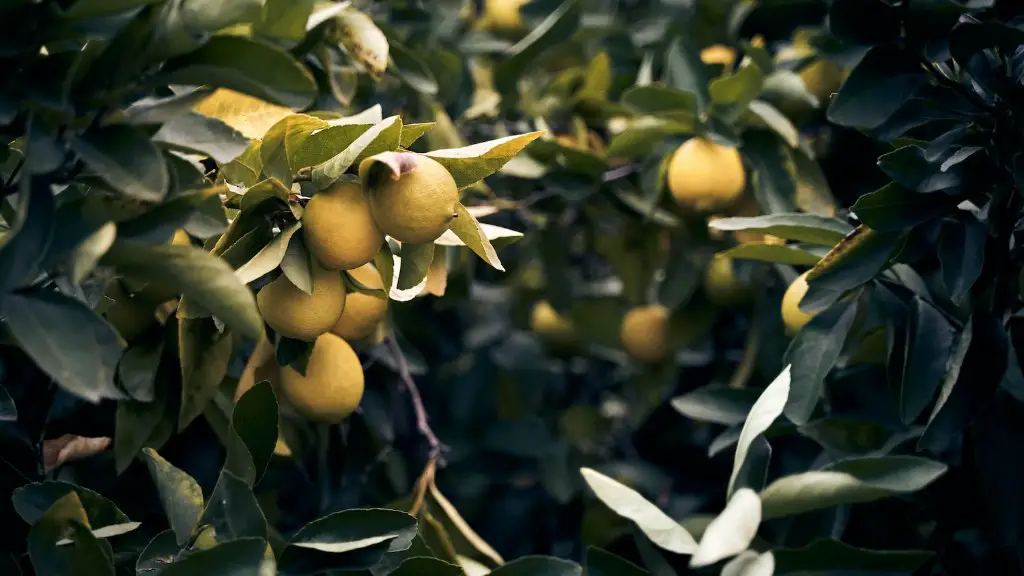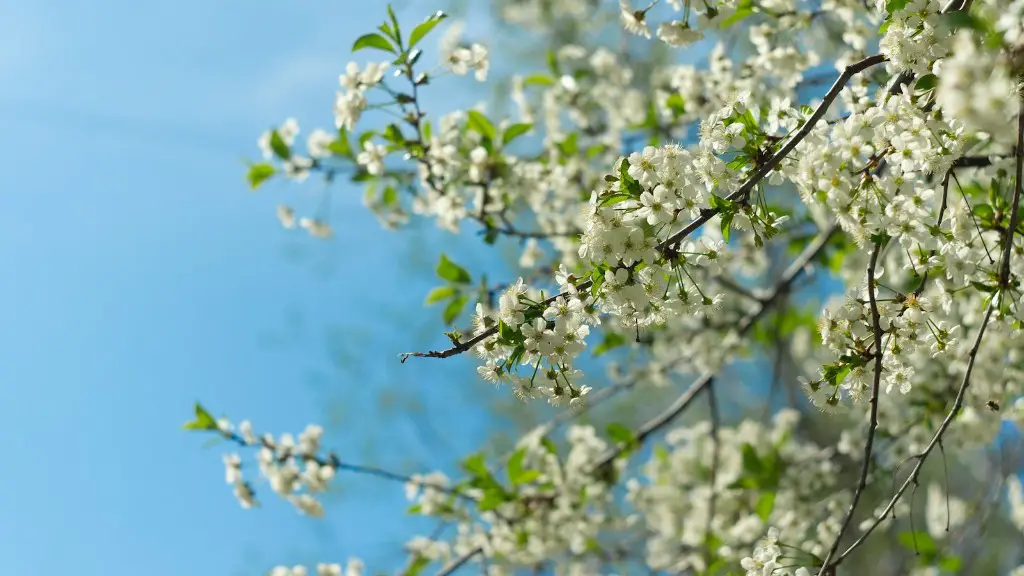Repotting a dwarf meyer lemon tree is not a difficult task, although it can become a bit of a hassle if not done properly. It is important to take care of your tree and give it enough attention and TLC to ensure that it thrives and produces healthy, delicious fruits. So, here is a quick guide on how to repot a dwarf meyer lemon tree:
1.Choose a pot that is slightly larger than the current one. The pot should have enough space for the root system of the tree, so choose a pot that is one to two inches larger in diameter than the current pot. With any pot, the depth should be the same as the existing one to minimize shock.
2. Prepare the pot before repotting. Make sure that the pot is sterilized and has adequate drainage. Layer the bottom with pebbles and then add a mix of potting soil, compost, and fertilizer. Tamp down the surface and add more soil if needed.
3. Gently remove your tree from its current pot. Give the root ball a slight shake to loosen it up, and reduce any circling roots you find that have grown around the pot.
4. Place the root ball gently into the new pot, tucking all loose roots into the soil. If the pot is significantly bigger than the current one, spread out the roots like a fan so they can absorb more water.
5. When finished, give the tree a quick check to make sure nothing was overlooked. Make sure that the root ball and potting mix is at the same level and that the roots are securely tucked in.
6. Finally, water the tree thoroughly until the water runs from the drainage holes. You may also need to apply a light layer of mulch over the soil surface to retain moisture.
7. Continue to water your tree regularly and keep an eye out for signs of stress. This includes leaf yellowing, excessive wilting or any other signs of disease.
Location
When deciding the location for your new tree, you need to find a spot in your yard where it will get at least five to six hours of sunlight every day. It is best to keep your tree away from cold drafts and away from trees that drop an excessive amount of leaves or fruit. The soil should be kept moist but well-drained, and it should be mulched to help retain the moisture.
Fertilizers
When it comes to fertilizing a tree, there are a few things to keep in mind. Organic fertilizers are best because they are slow to release, meaning that they will not damage the tree with sudden nutrient overloads. Additionally, nitrogen-rich fertilizers are great for lemon trees as they promote leaf growth and fruit production. Apply the fertilizer in the early spring and then every couple of months until the fall.
Pruning
Another critical part of caring for a dwarf Meyer lemon tree is pruning. Pruning controls the growth rate and can help to maintain the shape and balance of the tree. During the growing season, you want to prune off dead or excessively long branches. You want to trim the tree so that it has an even shape and is not overly bushy.
Pests, Diseases and Other Issues
If you live in an area with temperate climates, then you may need to keep an eye out for pests that can attack the dwarf Meyer lemon tree, like the Argentine ant or scale insects. Additionally, watch out for fungal diseases like Citrus Canker and Huanglongbing. To treat these issues, use insecticidal soap or fungicides when necessary.
Harvesting
The best time to harvest Meyer lemons is when they are still somewhat green, as this will give them a longer shelf life. Gently pick off the fruit from the branch, taking care not to damage or pull off the branch itself. During the harvest, you also want to remove any dead flowers and any fruits that are not going to mature properly.
Maintenance Regime
Once you know how to repot and care for a dwarf Meyer lemon tree, you need to create a maintenance plan to ensure that your tree is healthy. This should include watering the tree regularly, pruning as needed, checking for pests and diseases, and fertilizing every couple of months. With these steps, your Meyer lemon tree should hope and produce delicious fruits for many years to come.

